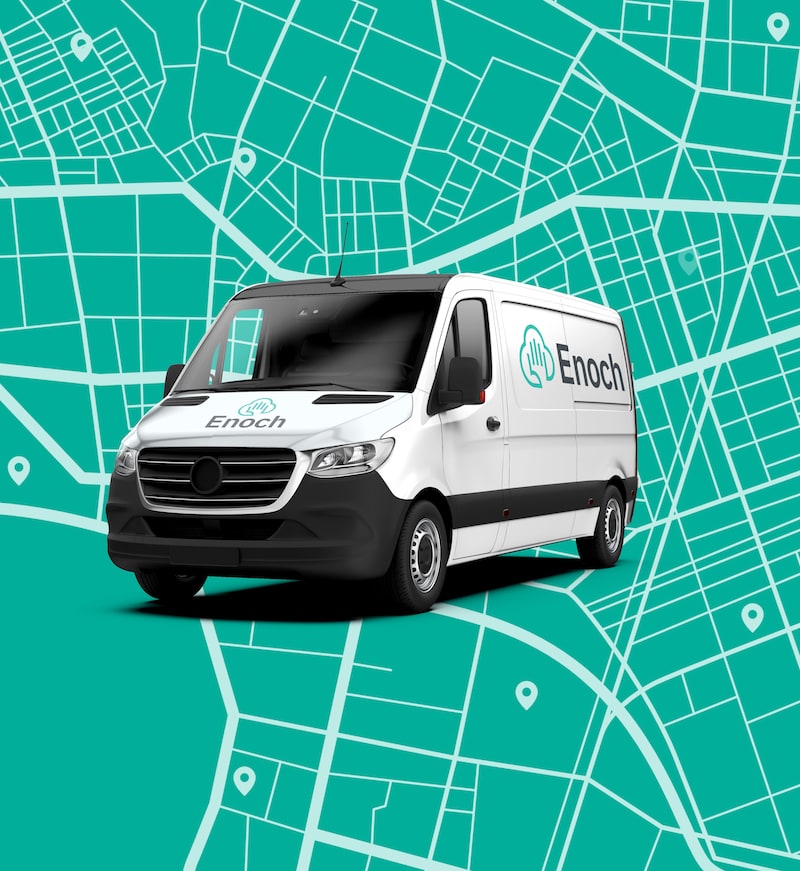This is for home security concern. While the number of burglaries in the United States has been trending down for several years, those numbers are expected to change significantly in response to the current Covid-19 situation which is causing a large section of the population to become unemployed and causing great economic hardships to most Americans.
Aside from the costs associated with a potential loss of property, there’s also cost to your peace of mind. You want your home to be your sanctuary, a safe refuge from the world, not a line item in your local newspaper’s police report.

There are a few key things that attract burglars to particular homes, including easy access and easy access. Remember, thieves are opportunistic — they’ll search for the easiest targets first. By taking these smart steps you’ll improve your home’s security and make it a less attractive option for thieves.
There’s a reason most break-ins occur at night when the lights are out. Thieves usually look for easy targets, so a dark house, where there’s little chance of being seen, will be at the top of their list. Adding lights will tip the balance in your favor and push them to look for easier pickings.
Adding motion-sensor lights to your home is one of the best ways to put up a defensive perimeter of light around your family. When choosing outdoor motion-sensor lights, consider the power of the light (measured in lumens; higher numbers are brighter), the range of the light, and how it’s powered. Hard-wired lights connect to your home’s AC power, so you won’t have to worry about batteries with these. Battery-operated lights are usually lower-powered and best used in locations where they are easily accessible for battery changes. A good compromise is a solar-powered battery light. They can provide a high lumen output and the battery won’t need to be replaced regularly.
Helpful Hint: Outdoor lights can really boost your home’s security, but they’re not as useful if there are a lot of dark places around your home that light can’t reach. Keep hedges, bushes, and trees close to your home well-trimmed to eliminate potential hiding places.
Wireless technology and smartphones have revolutionized home security cameras. It’s a pretty simple matter now to mount some small cameras in and around your home, link them to your Wi-Fi network, and access a live stream from virtually anywhere with your smartphone. These cameras are equipped with motion-sensors that detect and notify you when someone comes within range of the camera. Picture quality is often top-notch, with HD-quality images and even night vision.
You can choose from a variety of different camera types — battery-powered, solar-powered, or wired; free-standing or as a doorbell unit. Consider what parts of your home you want to monitor and then spec out your camera needs. Some manufacturers even provide packages with multiple cameras.
Helpful Hint: When you’re selecting cameras for your home, be sure to read the fine print. While all security camera services offer free plans that let you access your cameras at any time, they charge different amounts if you want to be able to review or store footage in their cloud. Make sure you know what services you’re getting along with the hardware.
While you can add security to your home one piece at a time, many people choose to contract with a security company to set up a complete and comprehensive security network for their home. These systems can include cameras, window and door sensors, and more, plus remote 24/7 monitoring of your home.
The two big questions you need to ask yourself is whether you want a land-line or wireless system. Wireless systems tend to have the edge. They’re easier to install and setup, and can be updated remotely. The other question is compatibility with digital assistants like Alexa and Google. Security companies often offer gear compatibility with both, but not always. Be sure to check compatibility if you’re a fan of your digital assistant.
Helpful Hint: Modern security systems can do a lot more than just detect a break-in, so be sure to investigate what other smart devices will work with the system you’ve selected. That will give you room to expand the system by adding other sensors, like smoke detectors.
If you’re in the habit of leaving a key under the flowerpot you’re most likely making it easy for a thief to find that key. One simple way to improve your security and ease your worries about being locked out is to install a smart lock on your door. Activated by your smartphone, they’re not only safe but more convenient than fumbling for a key.
And if you don’t have deadbolts on your home’s doors it’s high time to get them. A determined crook and make short work out of a cheap door lock, while a sturdy deadbolt will probably send them looking for an easier target somewhere else.
You don’t have to invest in a lot of fancy new gear to improve your home’s security. There are many concrete steps you can take that will pay off in improved safety without investing much cash.
There are lots of ways to keep your home safe, ranging from high-tech to common sense. If you’ve decided it’s time to secure your home and keep it safe, take a few moments and sketch out what your first steps will be. You may start with obvious common-sense solutions and then upgrade your home’s technology, or vice-versa. But whatever way you choose to go at it, you’ll rest easier at night and when you’re away when you know you’ve taken smart, proactive steps.
Our qualified technicians can help you with installing and wiring alarms systems, installing door locks, garage openers, camera systems and much more. Get in touch with us, we’re here to help!
